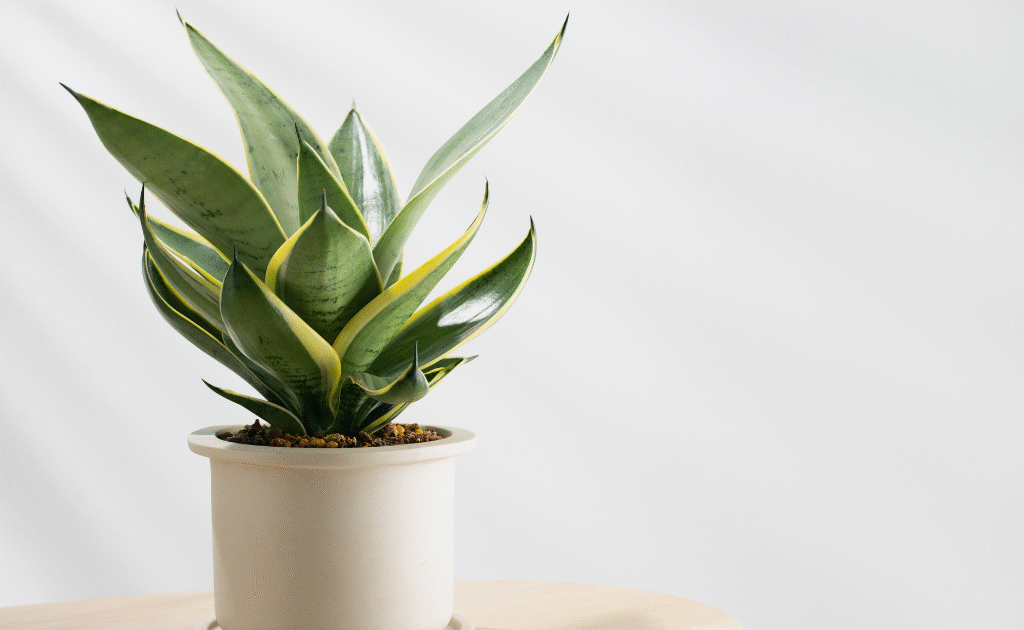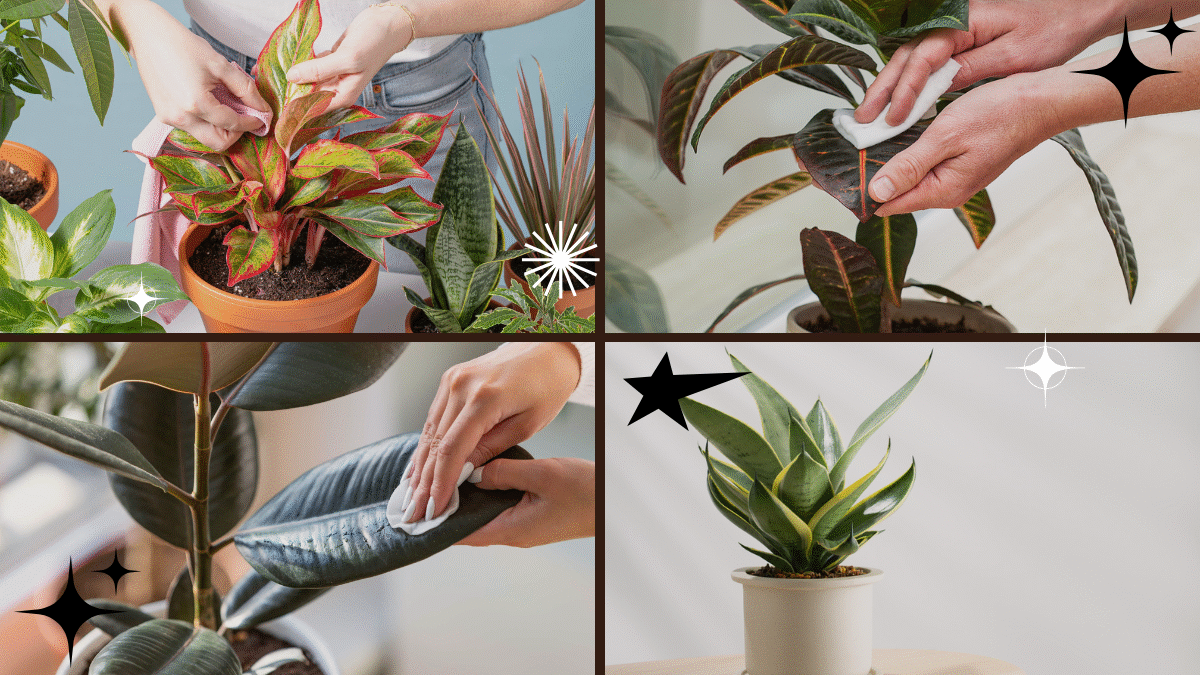Indoor and outdoor plants bring life, color, and fresh air to any environment. But to keep your plants thriving and looking their best, regular care goes beyond watering and feeding — it also involves cleaning their leaves. Dust, dirt, and grime can build up on foliage, blocking sunlight and reducing photosynthesis, which weakens the plant over time.
Cleaning your plant leaves not only improves their appearance but also promotes healthier growth. However, cleaning must be done carefully to avoid damaging the delicate leaves or upsetting the plant’s natural balance. This guide will take you step-by-step through the best methods and tips on how to clean plant leaves without damaging them — ensuring your greenery stays fresh, vibrant, and flourishing.

Why Cleaning Plant Leaves is Important
Before diving into the “how,” let’s understand why leaf cleaning matters for plant health:
- Enhances Photosynthesis: Dust and dirt create a barrier that reduces light absorption, limiting the plant’s ability to make food through photosynthesis.
- Prevents Pest Infestation: A clean leaf surface makes it harder for pests like spider mites, aphids, and scale to hide or breed.
- Improves Aesthetics: Clean, shiny leaves look healthy and boost the beauty of your home or garden.
- Promotes Better Respiration: Stomata, tiny pores on leaves, regulate gas exchange. Dust clogs these pores, impairing respiration.
- Detects Problems Early: While cleaning, you may spot early signs of disease or pest problems.

General Principles Before Cleaning
- Know Your Plant: Different plants have different leaf textures and sensitivities. What works for a hardy rubber plant may harm a delicate fern.
- Test First: Always test any cleaning method on a small part of the plant first to observe any adverse reactions.
- Avoid Harsh Chemicals: Skip harsh soaps, chemicals, or abrasive cleaners that can damage leaf surfaces or leave residues.
- Timing: Clean leaves during the morning or early afternoon to allow leaves to dry thoroughly and avoid fungal growth.
- Gentle Handling: Use soft materials and avoid vigorous rubbing to prevent bruising or tearing.

Step-By-Step Guide: How to Clean Plant Leaves Safely
1. Dust Off Leaves Gently with a Soft Brush or Cloth
For light dust buildup, a soft brush or microfiber cloth is often all you need.
- Use a soft paintbrush, makeup brush, or a microfiber cloth to gently dust the leaves.
- Support the leaf from underneath with your hand to avoid breaking it while brushing.
- Work from top to bottom and from the center outwards.
- This method is perfect for delicate plants like ferns, calatheas, and African violets.
2. Wipe Leaves with a Damp Cloth
For plants with smooth, sturdy leaves, wiping can remove more stubborn dirt.
- Dampen a soft cloth or sponge with lukewarm water.
- Gently wipe each leaf, supporting it with your other hand to avoid damage.
- Avoid soaking the leaves or the soil around the plant.
- Repeat if necessary, rinsing the cloth frequently.
- This works well for plants like rubber plants, fiddle leaf figs, and snake plants.
3. Use a Gentle Spray Shower
Some plants enjoy a gentle shower under lukewarm water.
- Take your plant to a sink or shower.
- Use a gentle spray setting to rinse dust off leaves without blasting or breaking them.
- Avoid cold water, which can shock tropical plants. Lukewarm is best.
- Let excess water drain before returning the plant to its spot.
- This is great for medium to large plants like monstera, philodendron, and palms.
4. Use a Mild Soap Solution for Sticky or Oily Residue
Sometimes, plants collect sticky residues from pests or environmental pollution.
- Mix a few drops of mild liquid soap (like castile soap) in a quart of lukewarm water.
- Dampen a cloth or sponge in the solution and gently clean leaves.
- Avoid harsh detergents or anything with degreasers or bleach.
- After wiping, rinse the leaves with plain water to remove soap residue.
- Repeat as necessary, but don’t overdo it — soap can dry out leaves.
5. Use Natural Leaf Shine Alternatives (Optional)
If you want your leaves to have a natural sheen, skip commercial chemical leaf shines and opt for safe, natural alternatives:
- Diluted milk: Mix one part milk to two parts water and wipe leaves to add a soft shine.
- Banana peel: Rub the inside of a banana peel on leaves for a gentle shine and added nutrients.
- Neem oil spray: Besides pest control, neem oil can also give leaves a healthy shine without harm.
Avoid petroleum-based products or waxes that clog pores and can harm the plant.

Special Tips for Different Types of Plants
Succulents and Cacti
- Dust gently with a soft brush or blow off dust using a hairdryer on a cool setting.
- Avoid water spraying as excess moisture can cause rot.
Fuzzy or Hairy Leaves (e.g., African violets, lamb’s ear)
- Use a soft brush or compressed air rather than wet wiping, which can damage the fine hairs.
Large-leaf tropical plants (e.g., monstera, fiddle leaf fig)
- Wipe with a damp cloth or shower them lightly.
- Support large leaves carefully to avoid tearing.
Common Mistakes to Avoid When Cleaning Plant Leaves
- Using cold water: Can shock tropical plants and cause leaf damage.
- Using harsh chemicals or leaf shine sprays: These can clog stomata and harm the plant.
- Over-wetting: Saturating soil during leaf cleaning can lead to root rot.
- Cleaning in direct sunlight: Wet leaves can get sunburned quickly.
- Ignoring undersides of leaves: Pests and dust often accumulate underneath, so don’t forget to clean these areas gently.
How Often Should You Clean Plant Leaves?
- Indoor plants: Once every 2-4 weeks is a good rule of thumb. Plants in dusty or smoky environments may need more frequent cleaning.
- Outdoor plants: Rinse or wipe as needed depending on weather conditions. Rain usually cleans many plants naturally, but dust accumulation may still occur.
Conclusion
Cleaning your plant leaves is a simple but essential step in caring for healthy, thriving greenery. With gentle techniques tailored to the needs of your specific plants, you can remove dust, dirt, and pests without causing damage. This boosts photosynthesis, reduces disease risk, and keeps your plants looking vibrant and fresh.
Remember to be gentle, use safe cleaning agents, and clean regularly. Over time, your plants will reward you with richer foliage, better growth, and greater beauty.
So grab a soft cloth, a gentle brush, or some lukewarm water and give your plants the care they deserve — their leaves will thank you!





Leave A Comment